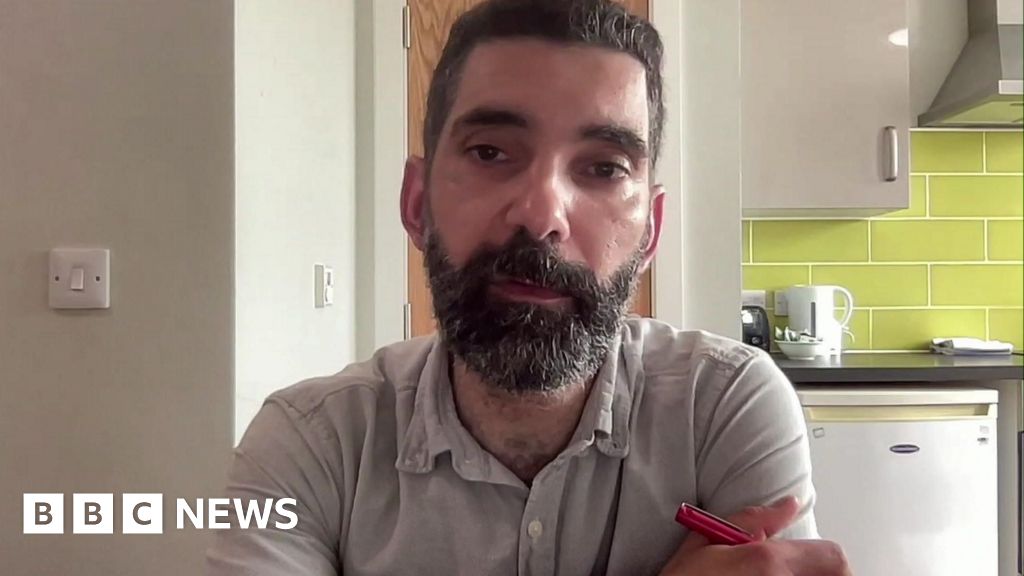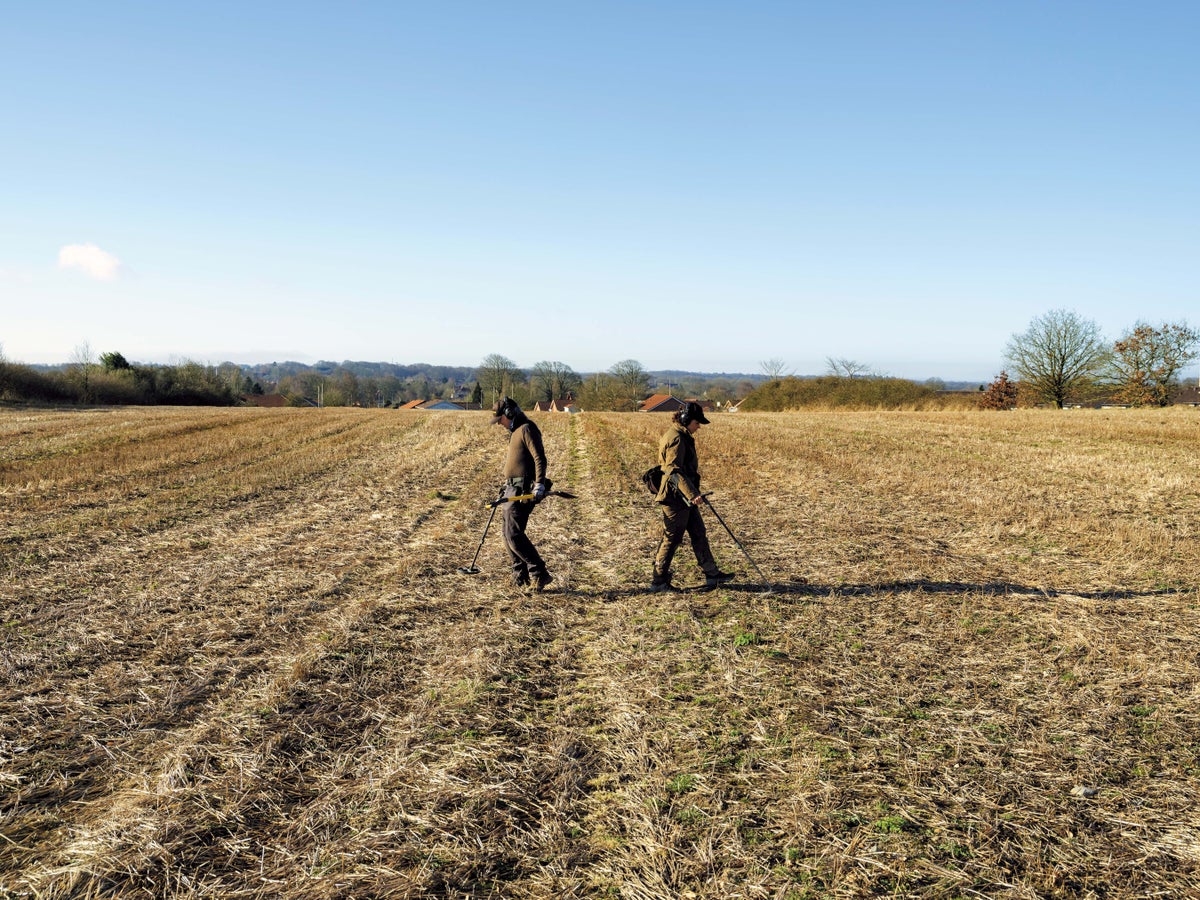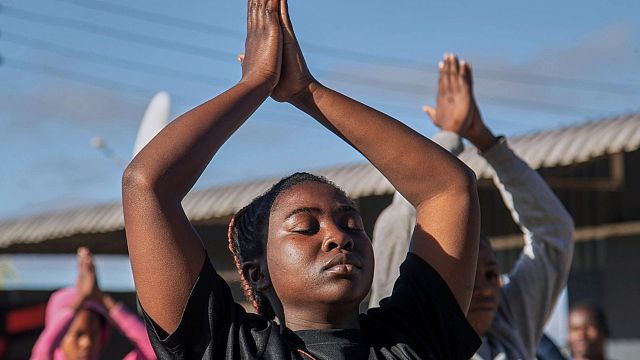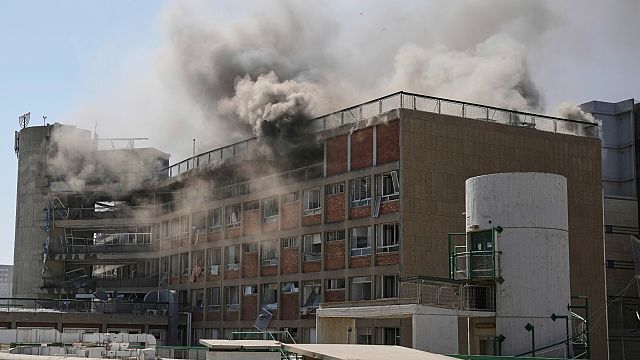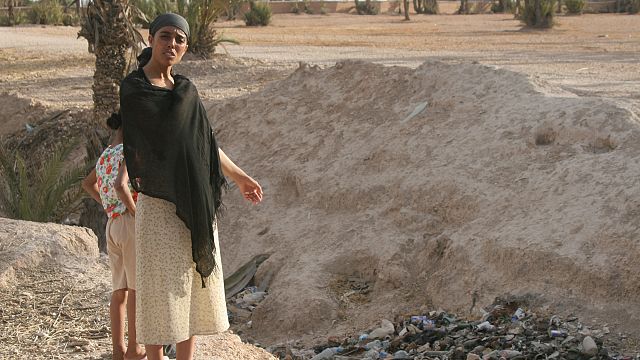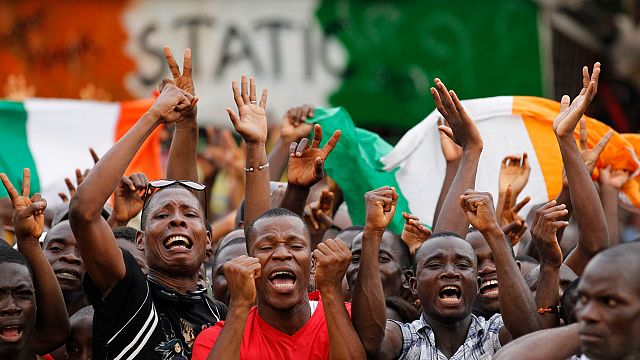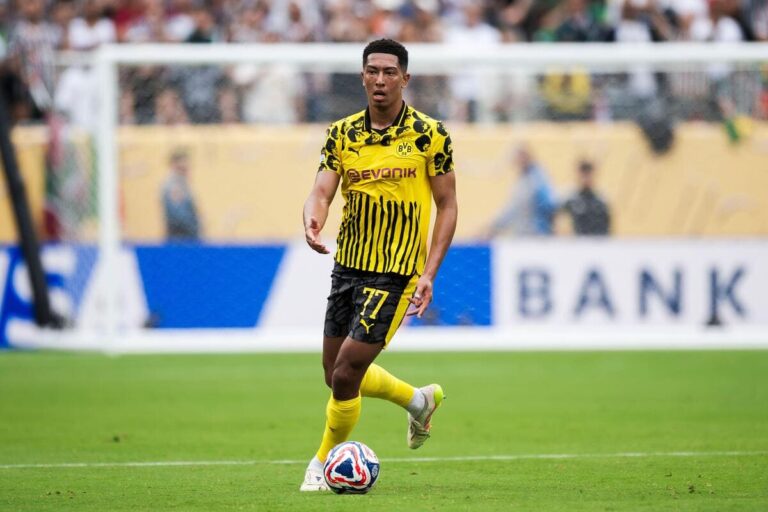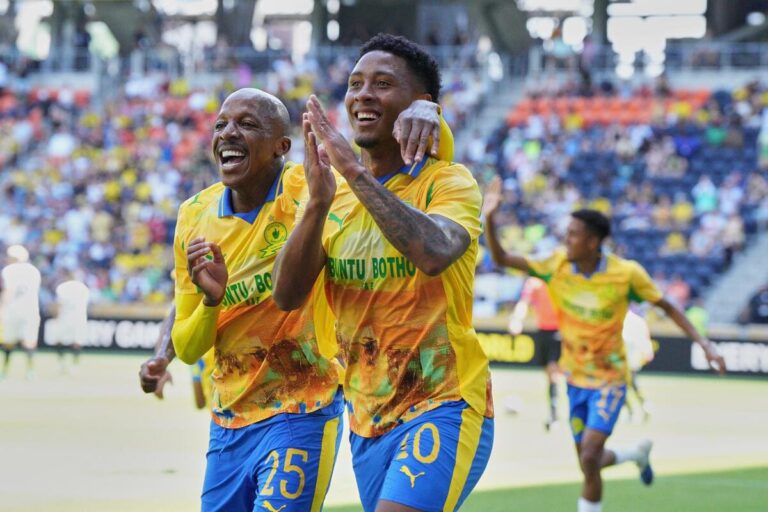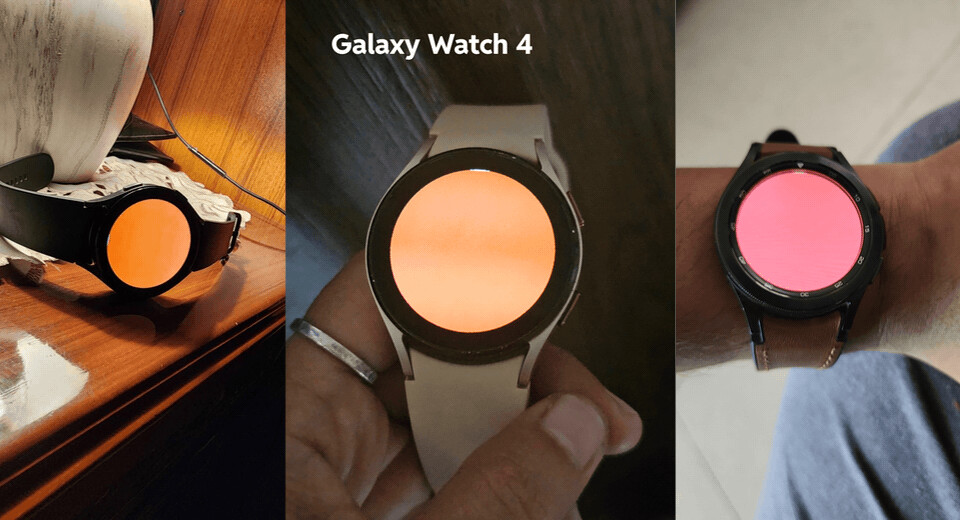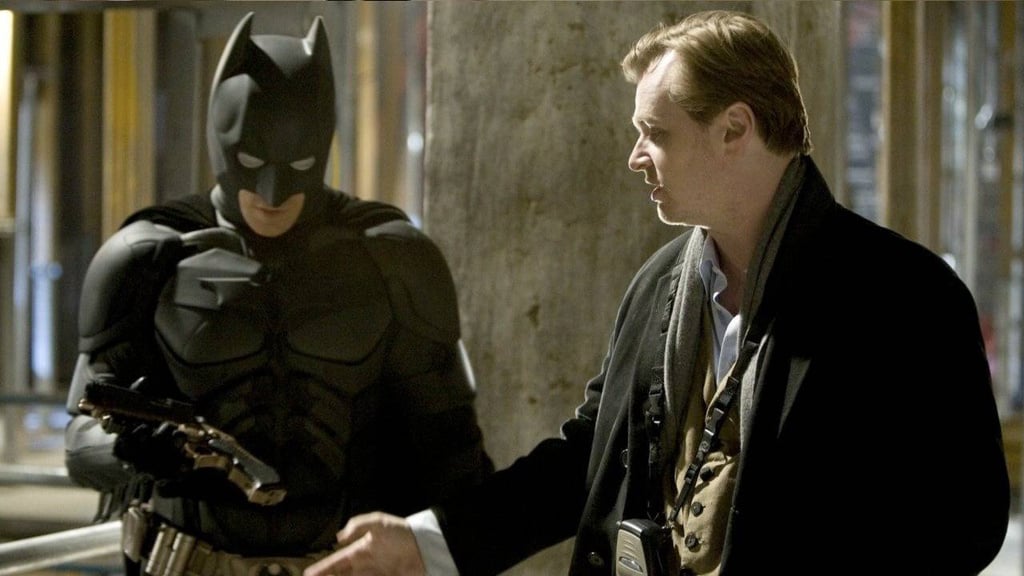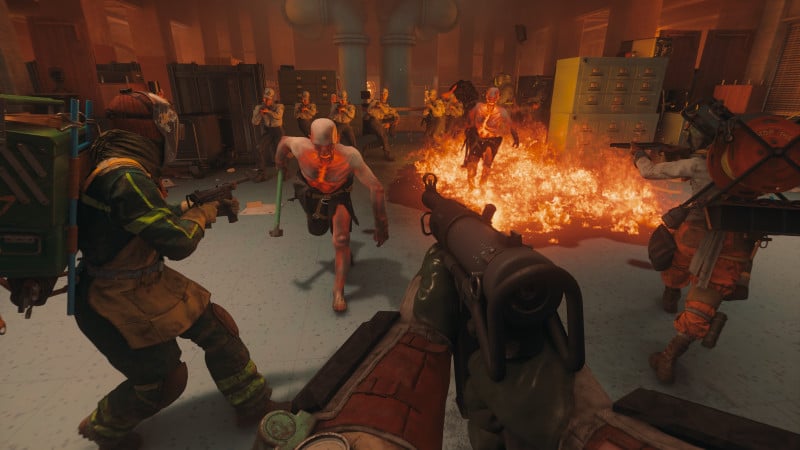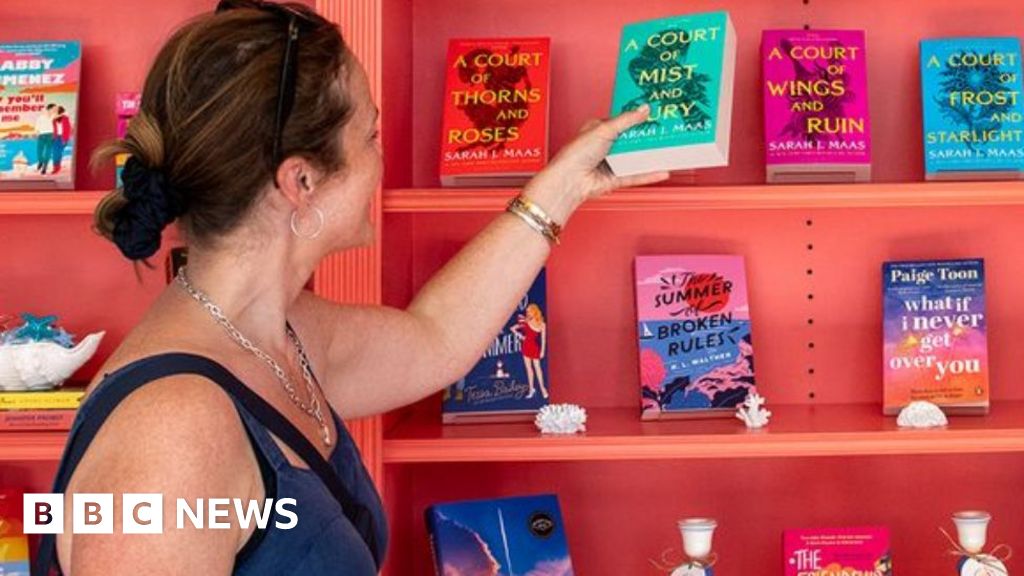The Lessons of Trump’s Fight With Los Angeles Over Immigration




Immigration raids and mass detentions.
Federal forces deployed to an American city.
Trump Got the Fight He Wanted. Did It Turn Out the Way He Expected?
The president’s clashes with Los Angeles over immigration were a decade in the making — and their outcome remains unclear.
On June 7, Cruz was walking to buy tamales with her sister in San Bernardino, Calif., when she saw a truck full of landscapers being detained by what appeared to be law-enforcement officers in unmarked uniforms. Cruz, a 28-year-old nurse’s assistant, is a first-generation Mexican American who was born in California, but her husband is an undocumented immigrant who worked on a similar landscaping crew. (She asked to be identified by only her last name for her family’s safety.) When the Trump administration’s raids targeting undocumented immigrants reached the city, word of the arrests spread quickly, but Cruz had not taken the news too seriously until she saw one for herself.
The next week, on the morning of June 13, her husband called to say he’d been working on Waterman Avenue when a truck full of federal agents pulled up. They appeared to be from Homeland Security Investigations, one of the many federal agencies now scouring Southern California for undocumented immigrants. When an officer asked him if he had a visa, he told the truth. Minutes later, he was in the back of a government vehicle, bound for the Metropolitan Detention Center, a federal facility, in Los Angeles.
For nearly a week, such raids had spurred small protests in several cities in the region. Federal agents fired less-lethal munitions at protesters; shortly after, President Trump, casting images of the clashes as evidence of citywide anarchy wrought by undocumented immigrants and their defenders, announced that he was federalizing control of the California National Guard and deploying it to address “lawlessness.” After protests gave way to rioting on the blocks around the detention center on the night of Sunday, June 8, he announced he was deploying U.S. Marines.

By the morning after the arrest of Cruz’s husband, a small number of Marines — deployed to an American state over the public opposition of its elected government — stood around the loading dock of the detention center with M27 rifles and riot shields. They stood alongside soldiers from the California National Guard and officers whose vest patches said “POLICE — DHS,” denoting their affiliation with the Department of Homeland Security.
Since the George Floyd demonstrations of 2020, Trump had vocally supported deploying the military to quell violent protests on American streets — a move he had flinched at doing at the time but now was at last making. It was a natural conclusion of the story Trump told on the campaign trail last year about what had happened to America — what his enemies had done to America — and what he would do, if elected again, to restore it. “Order will be restored,” Trump wrote, “the Illegals will be expelled, and Los Angeles will be set free.”
Trump has a well-honed gift for identifying and exploiting weakness in others, and his promised liberation of California was a natural, bigger-budget sequel to his campaign of humiliation against Ivy League universities earlier this year. Each leveraged paralysis among Democratic and liberal elites over issues that inconveniently split their constituencies — Gaza, immigration, activist street politics — and the images that the paralysis produced of those elites helpless to contain the excesses of those constituencies. The paralysis became the justification for Trump to do what Trump most liked to do, which was wield the power of the state to bring his enemies to heel.
Trump often advances his goals through images, and the images his administration was producing in Southern California were as filmic as anything in Hollywood. There were the videos of men in balaclavas and unmarked vans swooping down on farm fields and garment factories, which drove protesters into the streets in and around Los Angeles. There were the images of federal agents facing off against the protesters with tear gas and pepper balls. There were images of demonstrators waving Mexican flags in front of burning cars, the backdrop for Trump’s pronouncement on Truth Social that a “once great American City, Los Angeles, has been invaded and occupied by Illegal Aliens and Criminals” and overrun by “violent, insurrectionist mobs.” He authorized administration officials to “take all such action necessary to liberate Los Angeles from the Migrant Invasion, and put an end to these Migrant riots.” And finally, here were the Marines, rolling into Los Angeles as if it were a foreign capital.
But the story the images from Los Angeles were telling did not always extend far beyond the frame. The undocumented immigrants swept up in the raids by ICE and other agencies in recent months, based on the limited data available, appear to be overwhelmingly without criminal records, not the violent invaders that Trump had conjured in so many speeches and all-caps Truth Social posts. And apart from more serious disturbances like blocked freeways and some damage to businesses, the rioting might have underwhelmed anyone who had been downtown after a Lakers championship victory; it was the sort of disturbance the Los Angeles Police Department was easily equipped — enthusiastic, even — to contain.
The National Guard was prohibited by law from doing more than protecting federal agents and posting up outside a handful of federal buildings downtown. So were the Marines, who were not seen on the street in Los Angeles until June 12, when a handful of them suddenly appeared meandering back and forth on the lushly gardened grounds of the federal building on Wilshire Boulevard in a placid corner of the Westwood neighborhood — several miles west of the protest zone, where conflict between protesters and law enforcement officers was largely subsiding. Neighborhood residents, strolling past on their way back from picking up lunch salads or out walking expensive-looking dogs, greeted them less as liberators than as curiosities. “I don’t know why they’re here,” Van Nguyen, a marketing director who works in the neighborhood, told me as she watched them standing guard beneath a flowering jacaranda tree.
“This whole thing is Kabuki,” Gavin Newsom, California’s Democratic governor, told me. “There are some professionals here, some patriots,” in the military, he said. “They’re struggling under very difficult circumstances and recognize the absurdity of this.”
Still, something very real was happening amid all this unreality — a production that the president was intent on staging, one he seems keen to perform again. The structural dynamics of the Los Angeles protests — a federal immigration crackdown in a Democratic-run urban area, leading to local protests that the president presents as a threat to law and order so severe that the military must be deployed to contain them, leading to further protests over the crackdown itself — will surely play out through Trump’s second term.
In a June 15 post on Truth Social, Trump contended that the cities targeted by the immigration raids, like Los Angeles, Chicago and New York, “are the core of the Democrat Power Center, where they use Illegal Aliens to expand their Voter Base, cheat in Elections, and grow the Welfare State, robbing good paying Jobs and Benefits from Hardworking American Citizens.”
To Newsom, the Truth Social post had been a statement of purpose — one that revealed what this whole strange moment was really about. “I credit him with saying it so loudly and clearly,” he said.
The missive reflected a convergence that occurred in Trump’s worldview during the 2024 election. During the campaign, there was a significant evolution of his rhetoric, in which illegal immigration, urban unrest both real and imagined and his 2020 election loss were not just connected but intentional, strands in a deliberate plot by the Democratic Party to seize permanent power. He had talked of this plot for months, and now, at last, he was taking action on it.
A week into the conflict he engineered, though, it was beginning to look as if Trump had miscalculated. After the cinematic clashes of the first few days, the protests generated few of the images that served the narrative of Democratic fecklessness and impotence. The theatrical harshness and ominous secrecy of the immigration raids, meanwhile, had forced Americans to confront their ambivalence about immigration.
“I’m always very respectful to the cops,” a man told me early on the evening of June 9. He grew up not far from downtown and had been coming out to the protests every day since they began. “I tell them we love them; we don’t have a problem with them. We’re not mad at them. We’re mad at ICE.”
It was the day after the most explosive confrontation downtown, and the man — who did not want to be named — was cruising down Alameda on an electric scooter toward where a line of Los Angeles police officers was squaring off against a couple of hundred protesters.
“Yesterday was bad,” he said. “They hurt the heart of L.A., you know?” The previous afternoon and evening, several Waymo self-driving vehicles were set on fire, and several California Highway Patrol cruisers were damaged by a variety of projectiles. Downtown was blanketed in graffiti. Still, the man was critical of the vision of the protests that was reaching the world beyond Los Angeles.
“There’s news reporters that are saying that the people are doing anarchy,” he went on. “There’s news reporters who say the police are doing bad.” Neither, to his mind, was true. “The cops just want to keep the community safe. And we’re just making a statement that we don’t want ICE messing with people.”
It was a Monday, and downtown was quiet; the protesters seemed outnumbered by the police. As darkness fell, a now-familiar kind of shift change occurred, as peaceful demonstrators drifted home and black-masked radicals and young people appeared to be out for a mostly apolitical kind of trouble filtered in. On a side street in Little Tokyo, I came upon a group in balaclavas pushing a pair of dumpsters toward a line of police officers around the corner on First Street. The police responded with a salvo of less-lethal munitions. A young man lay prone on the ground, clutching a leg wound.
In politics, such chaos tends to work in favor of whoever is promising to contain it — a fact that advocates of protest politics routinely discount and one that Trump recognized, and acted on, swiftly in Los Angeles. Over the first, worst days of unrest, the car fires and police clashes spanned only a handful of blocks in an enormous city that otherwise went on indifferently. No buildings were burned, and while vandalism was rampant, damage to businesses was far less extensive than in the upheavals of 2020. But in politics, if you are explaining that people are only lighting cars on fire, you are probably losing.
This was a problem for Democrats in 2020, when broadly peaceful protests over the killing of George Floyd by police officers in Minneapolis led to vividly destructive and occasionally violent rioting. In some cases, there was prolonged street fighting with the police in sections of several major cities that, like virtually all American cities, were run by Democratic politicians. Over the past several years, images from these upheavals have informed Republican politics, and especially Trump’s politics, to a degree that most liberals don’t appreciate.
From his first campaign rallies of the 2024 cycle, Trump’s speeches were soaked in vivid accounts of once-great cities in terminal decline, presided over by hapless or actively malevolent Democratic politicians incapable of ensuring the welfare of their citizens. These accounts were often exaggerated and sometimes invented, but they were credible to crowds of rural and suburban voters who had mostly encountered the protests and rioting of 2020 through Fox News video edits. “Antifa and other groups burn down cities, kill people, go free and don’t even in many cases get prosecuted,” Trump said at a rally in Rapid City, S.D., in September 2023. “This battle that we’re in is a battle for all of us — that is, for history. This is historic. This is a big moment in our country, because we’re either going to go one way or the other, and if we go the other, we’re not going to have a country left.”
He spoke more than once of regretting not sending in the military to restore order in these cities when he had the chance and, over time, began to speak of other situations in which such a deployment would be warranted. Perhaps, he mused in 2023, he would use the military to clean up the “crime dens” of New York and Chicago. In an interview shortly before Election Day, he spoke in his vague and sweeping way about “people from within,” the “radical left lunatics,” who could “be very easily handled by, if necessary, by National Guard, or if really necessary, by the military.” And of course, there was the border, the front line of Joe Biden’s “conspiracy to overthrow America” that, logically, extended to anywhere else migrants went.
The images that the Pentagon and the Department of Homeland Security released over the week of chaos in California, of uniformed agents and soldiers on the ground, can be seen as a sort of bookend to the images of 2020 chaos. The federal agents Trump dispatched to sweep up migrants played a double role in this narrative. They were the long arm of Trump’s law, reaching deep into hostile Democratic territory to seize the invaders. And when they inevitably became the target of protests, they were also the justification for sending in the troops — who, Trump was proclaiming before a single Marine had even been seen on the streets, had restored order to a city unable to restore it for itself. “We are not going to let a repeat of 2020 happen,” Kristi Noem, the homeland security secretary, told CBS’s “Face the Nation” on June 8.
Immigration has always been the fight that Trump wanted to have with Democrats, since the beginning of his first presidential campaign in 2015, when he cast undocumented immigrants as violent invaders threatening Americans’ lives and the country’s national security. And during his first term, immigration was the fight that Democrats wanted to have with Trump, too. In 2017, in response to Trump’s first push to find and deport undocumented immigrants, the California State Senate passed the California Values Act — the most sweeping “sanctuary” law in the country, which prohibits state and local law enforcement officers from cooperating in federal immigration enforcement except in the cases of those convicted of serious or violent crimes.
It was part of a broader effort by California’s Democratic leadership at the time to make the state a sort of liberal redoubt in a newly MAGA-fied America: a state economically and physically larger than many countries where laws, courts and citizens would hold the line against the new administration’s attempts to roll back the liberal values that the numerical majority of American voters who did not cast ballots for Trump presumably shared. Among the law’s champions was Gavin Newsom, then the lieutenant governor and a candidate for governor. “You are looking at the poster child for sanctuary policy,” he declared at a town-hall-style meeting in Salida that August, pointing to a similar policy that he had maintained as mayor of San Francisco.
In the 2024 election, a narrow majority of American voters did cast ballots for Trump, and polls reliably found that the former president was trusted by more Americans on immigration than either Kamala Harris or Joe Biden, who appeared paralyzed in the face of an influx of asylum seekers at the border during his presidency. And Newsom, now a likely future Democratic presidential candidate, has in recent years struck a new tone.
As governor, he has vetoed, and recently threatened to veto again, a law that would expand sanctuary protections. “I’ve been in a different space versus some members of my party for many years in this respect,” he told me. He pointed to his record of cooperating with federal agencies on migrants who are violent offenders and therefore not protected by the state’s sanctuary law.
He argued that he was more moderate on the issue than many of the state’s mayors. While not disavowing the existing sanctuary law, he was quick to note that he “took the baton of pre-existing law,” one that “was signed years prior to my tenure as governor.”
But this was precisely the state of affairs that made California such a ripe target for Trump. Legally, the state’s leaders and police agencies could not cooperate with the federal agents swarming across California, but they couldn’t stop them either. They could only look on, appearing helpless to the right and the left alike.
Weeks after Trump’s re-election, Mayor Karen Bass of Los Angeles rushed to expand the city’s sanctuary protections. But the presence of arrested migrants in the federal detention center in the middle of her city made clear how limited such provisions were in reach and how powerless city officials were in the face of a determined effort to flout them. On June 10, Bass addressed a crowd that had gathered for a prayer vigil in Grand Park, across the street from City Hall. “Our message is to stop the raids,” she said from the stage. “It has to end.” The line was met with applause, but it was strange to see a sitting mayor resorting to the tools of outsider activism in her own city — a reminder of how little, in that moment, her official power counted.
Immigration lawyers, trying to reach the migrants in the detention center, had not fared much better. “We don’t have much visibility into where they are being held there, how long, where they’re going next,” said Eva Bitran, the director of the immigrants’ rights project at the American Civil Liberties Union of Southern California.
What Bitran did know was that many of the detainees from Los Angeles seemed to be getting sent to the Adelanto ICE Processing Center, a detention facility hours northeast of the city that is operated by the private prison contractor GEO Group. A recent lawsuit settlement happened to have provided the A.C.L.U. access to weekly reports on the population of the facility, which was now offering one of the few official windows into where detainees were being taken in the region. The latest report showed that the inmate population had jumped to about 1,000 from about 300 in the space of a single week.
Early on the morning of June 13, I drove out to Adelanto with the photographer Philip Montgomery. Two hours outside Los Angeles, in the high desert of rose-colored earth and Joshua trees, we came upon a wide, flat, beige building, an unassuming structure that resembled a fortified Costco. Around the corner, an outdoor yard enclosed with a double fence of chain link and concertina wire was visible.
In the yard, men in baggy white shirts and black pants were working out on some spartan exercise equipment. When a guard saw us observing them from an adjoining dirt road, he called out, “Get back inside!” The men were hustled into the building.
In the parking lot outside the building, there was a handful of unmarked white buses and vans. The front door was locked, and no one answered the intercom. But a few minutes later, a man in a blue GEO Group uniform materialized. I identified myself and asked if we could visit the facility. He said he would go check.
“Hate to be that guy,” he said when he returned several minutes later, “but we’ve got to secure the facility. And we have to secure it with you outside of it.”
“Why?” I asked.
“Just something we do these days,” he said.
As we were leaving, we drove back down the dirt road facing the yard, where the men were once again working out. Asked if they had been detained by ICE, one man nodded vigorously. “La migra, si, si!” he shouted, using the catchall Spanish term for the immigration authorities, before the guard once again sent them inside, out of our view.
That evening, I rode to Cruz’s house with Lizbeth Abeln, the deputy director of the Inland Coalition for Immigrant Justice, one of the many activist and community groups in the region that was trying to locate and arrange legal support for detainees in the raids. Darkness was falling as we pulled up outside a small bungalow with a half-disassembled truck on cinder blocks in the driveway; a cat eyed us curiously from the low roof as a breeze stirred the palm trees. Cruz emerged from the house, her 9-month-old son in her arms.
Her husband had managed to hang onto his phone after his arrest, and throughout his processing he furtively texted and called Cruz, updating her on his situation. He was still at the federal detention center in Los Angeles, where, immigration lawyers had heard, the detainees were held in a single small basement room. “They’re not feeding us,” he told her earlier that evening. “They have us chained up like we’re delinquents, like when President Bukele grabbed the mareros” — members of the Salvadoran gangs that Nayib Bukele, the Salvadoran president, imprisoned in the detention facilities that he has opened to the Trump administration to house deported migrants — “over there in his country.”
Now Cruz tried calling her husband again. He answered, whispering into the phone. The son lit up at the sound of his voice: “Da!” he called out. “Da!”
“We’re going to try everything, amor,” she said.
“Thank you, amor,” he replied. “Take care of the children.”
“It’s crazy how fast everything is happening,” said Cruz’s younger sister, who had joined her outside. “It’s upsetting: Why the hard workers? Why not the people who are actually criminals?” When Trump was running for president, she said, “I didn’t think it was going to be this bad.” She had tried to look at the immigration issue with an open mind, to see both sides. “When all the immigrants crossed, I didn’t think that was right. It wasn’t fair to all the people that are here, that are doing it the right — that are fixing the papers,” she said. “But this isn’t the right way, separating families.”
“I didn’t vote, by the way,” she added. “I don’t believe in the voting thing.”
“We said on so many occasions,” Abeln told me on the drive over, her voice rising with frustration, “‘We know this is coming — mass deportations.’” Politicians from both parties had failed immigrants, she believed, but not only politicians had failed. No group had swung more drastically toward Trump in the 2024 election than Latino voters. Abeln, who was born in Mexico, said she saw “people of color, falling into the narratives that were put out by the Trump administration”: that Trump’s promised immigration crackdowns would affect only criminals, that it was possible to determine who deserved to stay in the United States and who did not.
“They fell into that trap,” she said. “And now we’re here, right?”
At the same time, Trump’s California campaign, in its extremity, had a sort of clarifying effect. His approval rating had fallen since it began, as had public opinion on his handling of immigration. The broad American view of immigration enforcement might be best described not as support or opposition but as ambivalence and cognitive dissonance, a fact that worked for Trump in November but seemed to be working against him now, as people were confronted with the reality of what his hard-line policies meant on the ground.
Images of armed soldiers deployed in an American city and masked agents accosting random gardeners had drawn attention to the aspects of Trump’s experiment in hard power as domestic politics that his base loves but Americans broadly oppose. The more people paid attention to what was happening in Los Angeles, according to one Washington Post poll, the less they approved of Trump’s handling of it.
At the same time, it was hard, in Los Angeles, not to think about the counterfactuals. What if the street clashes had escalated to 2020 levels? What if they had lasted days longer, or spread to other cities, as with the George Floyd protests? The troops were still in Los Angeles, while Newsom’s government challenged the deployment in court; in the meantime, the raids were continuing apace, in Los Angeles and elsewhere. Some of them — a reported attempt by federal agents to gain access to Dodger Stadium on June 19, for instance, a game day — seemed designed to provoke a response.
Were they looking for immigrants or looking for a spark? “They’ll go someplace else,” Trump said of the protesters on June 18. “But we’ll be there, too. We’ll be wherever they go.”
Philip Montgomery is a photographer whose work examines the fractured state of America. A retrospective of his work will be on view at the Deichtorhallen Museum in Hamburg, Germany, in November.
What's Your Reaction?
 Like
0
Like
0
 Dislike
0
Dislike
0
 Love
0
Love
0
 Funny
0
Funny
0
 Angry
0
Angry
0
 Sad
0
Sad
0
 Wow
0
Wow
0

